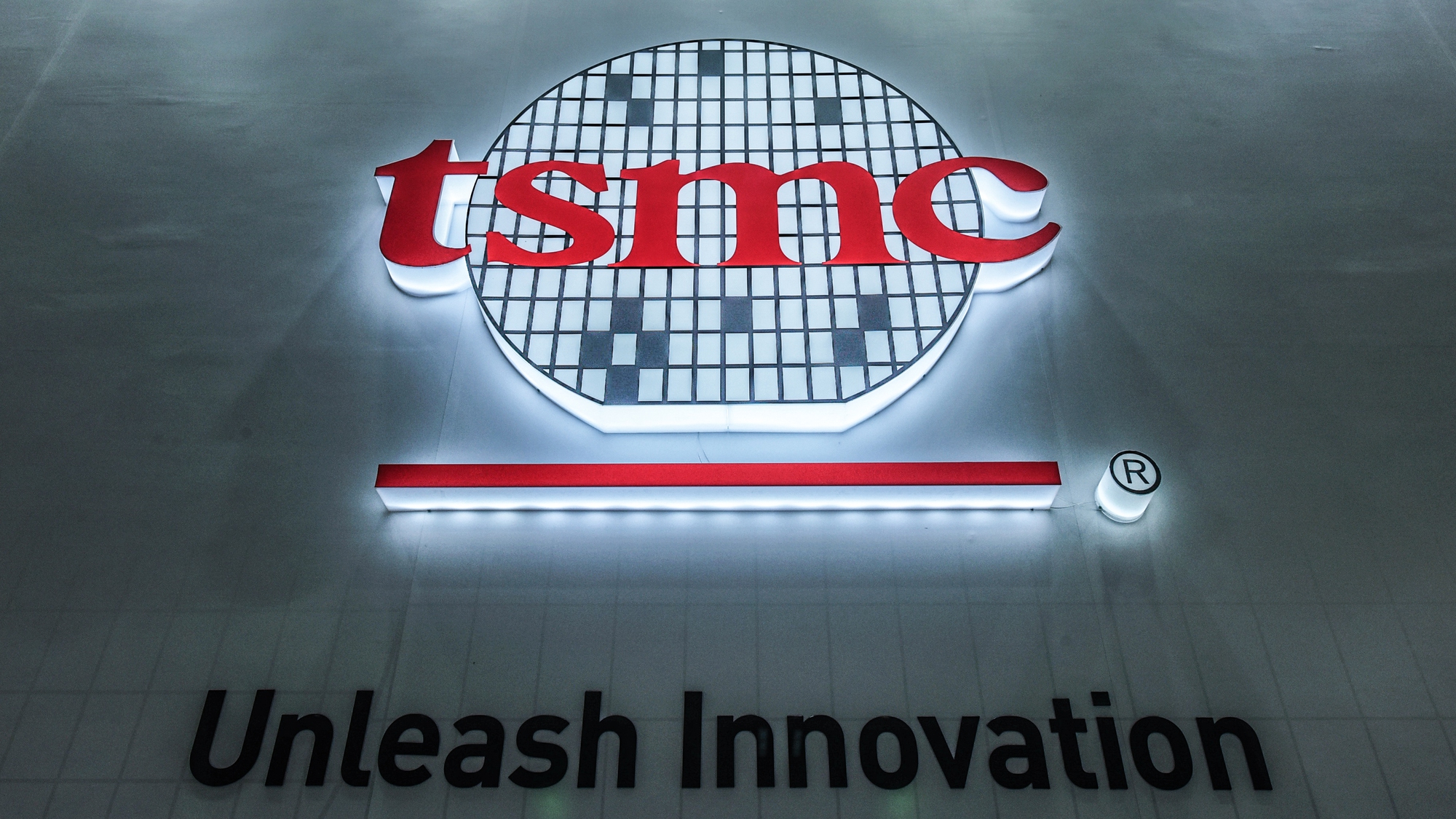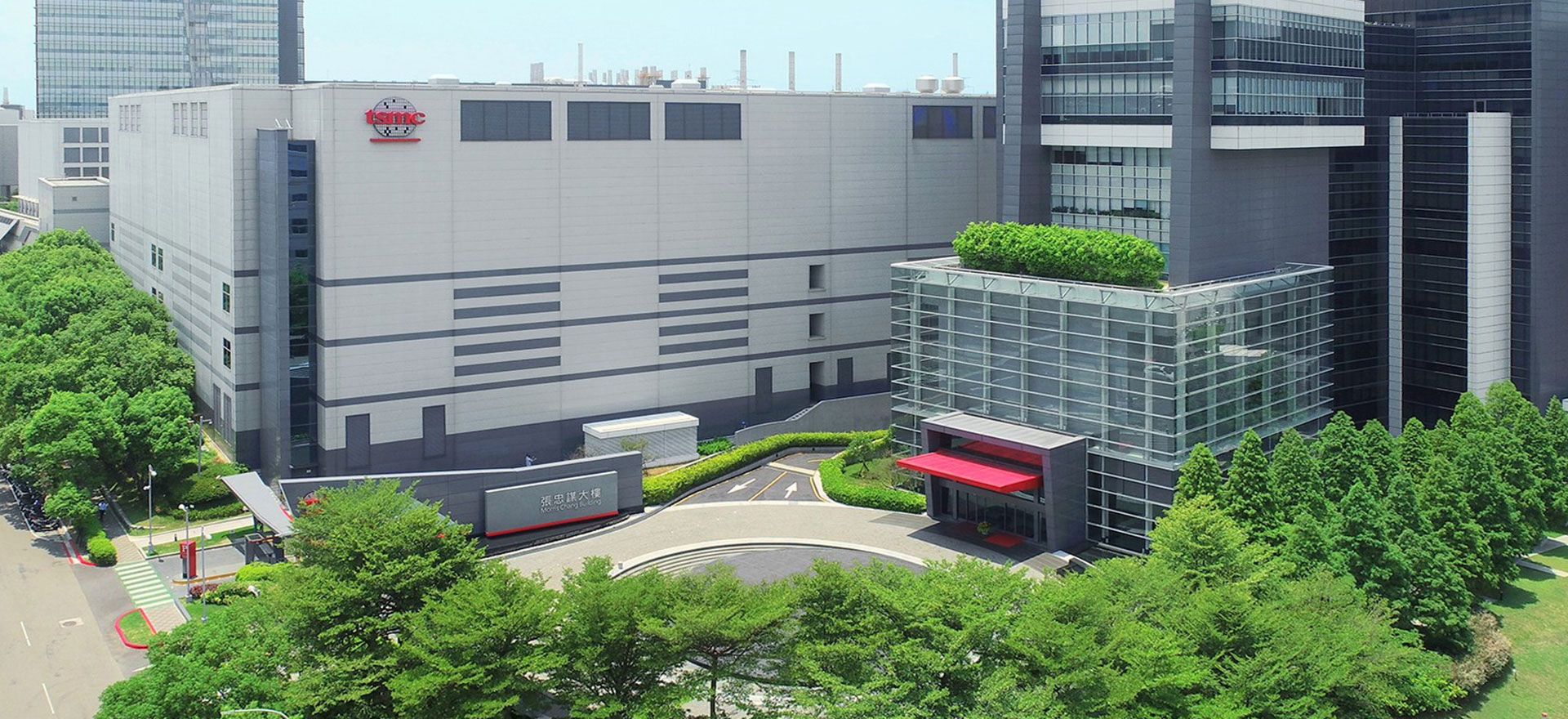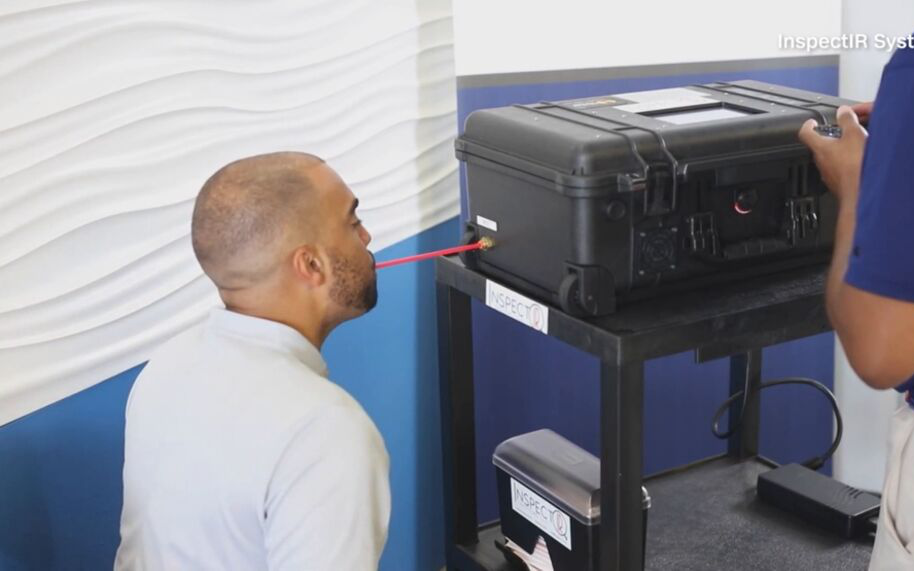“Technology should go hand in hand with responsibility”
The world’s largest contract chipmaker TSMC plans to open a zero-waste manufacturing center in the Taiwanese city by 2023, as part of the company’s efforts to put green management into operation. its business. During a forum on initiatives taken by the Information and Communication Technology (ICT) supply chain in Taiwan to move towards net zero carbon emissions, Lora Ho, Senior Vice President of Business TSMC’s Europe and Asia says its upcoming zero-waste manufacturing hub is expected to help the chipmaker effectively cut waste.
Zero-waste manufacturing hubs can turn waste into electronic materials that can be reused, to facilitate a circular economy. Furthermore, the company is also planning to establish zero-waste production centers in the North and South of the country in the near future.

Taiwan’s chip industry thrives with Zero-Waste Manufacturing Center. Photo: @AFP.
Also the chairman of the chip maker’s ESG (Environment, Society and Governance) committee, Ho said that in addition to the facility in central Taiwan, TSMC is also planning to set up air production centers waste in the north, and south of the country in the future.
TSMC has convinced its suppliers to work together to cut waste from production to reduce greenhouse gas emissions, and promote green manufacturing processes. The company has also stepped up efforts to buy green electricity, hoping this purchase will help the development of the local green energy industry.
Ho has analyzed TSMC’s carbon footprint, which says about 14% comes from manufacturing and fabrication, 62% from electricity usage and 24% from the company’s supply chain. This is the first time the company has revealed its carbon footprint.
With electricity consumption accounting for the largest share of emissions, TSMC last year revised up its renewable energy use target from 25% to 40% by 2030. It also became the first semiconductor company in the world. The world joins RE100 in 2020, a global renewable energy initiative that requires participants to commit to using 100% renewable energy by 2050.
In 2020, TSMC also signed a 20-year contract to purchase electricity from Orsted’s new wind farm in Chunghwa City, central Taiwan when it begins commercial operations in 2025 or 2026, and last year they signed an agreement with WPD to purchase 1.2 gigawatts of wind power from a farm in Taiwan. Both are large renewable electricity purchases from a single company.
Such power-use targets are challenging but necessary for TSMC, as their continued technological advancements in chip production consume more energy than previous generations. For example, the use of ultraviolet lithography, or EUV in advanced chip manufacturing, consumes 10 times more power than previous technologies.
According to the Bureau of Standards, Metrology and Inspection (BSMI), this semiconductor company has purchased almost all of the green energy produced by certified domestic production and trading enterprises. BSMI data shows that of the 1.06 million certificates issued by the Bureau between May 2017 and February 2022, approximately 910,000 certificates were traded on the Energy Certification Center’s trading platform. Bureau of Renewable Energy (T-RECC), with leading Taiwanese chipmaker TSMC purchasing nearly 900,000 certificates.
BSMI says 1.06 million certificates have been issued to produce 1.06 billion kilowatt-hours of electricity through renewable sources, helping to cut carbon emissions by 534,000 tons, BSMI said. On average, TSMC company spends 1%-2% of its revenue per year on energy saving and carbon emission reduction as the chip maker has set a target of net zero carbon emissions by 2050. , the company tends to use as much raw material-materials supplied by Taiwanese suppliers as possible, which helps them avoid long-distance deliveries and helps upgrade local supply chains.

Zero-waste manufacturing hubs that can turn waste into electronic materials that can be reused, fit the model of the circular economy. Photo: @AFP.
Technology should go hand in hand with responsibility
Chip maker TSMC has gone to great lengths to use raw materials that won’t generate much waste to control its carbon footprint in the first place. TSMC has an advanced control system to closely monitor waste production. In addition, this manufacturer is leading for other Taiwanese companies. They have partnered with seven other technology companies to set up the Taiwan Climate Partnership to form a Taiwan green supply chain.
An executive from another company asserted that at a time of pressing risks posed by climate change, the alliance aims to lead the local high-tech industry to explore business opportunities. business energy green. He affirmed: “Technology should go hand in hand with responsibility”.
Currently, digital technology is changing the lives of Taiwanese people for the better. The country is building a major technology corridor in the south, aiming to boost the country’s computing power, according to a report in OpenGov Asia.
at Blogtuan.info – Source: danviet.vn – Read the original article here


